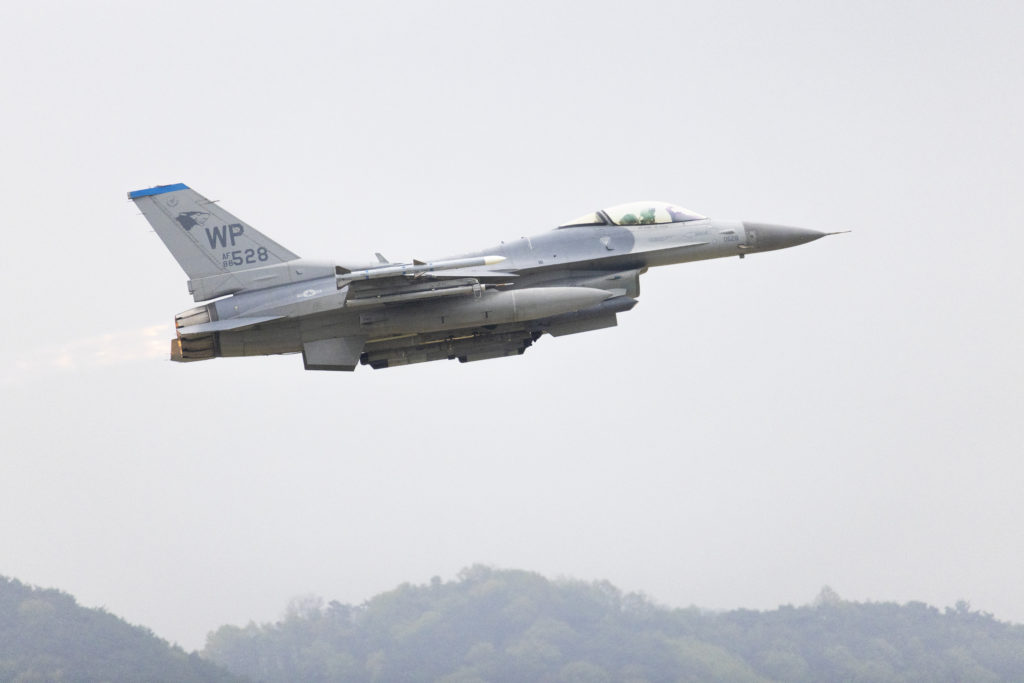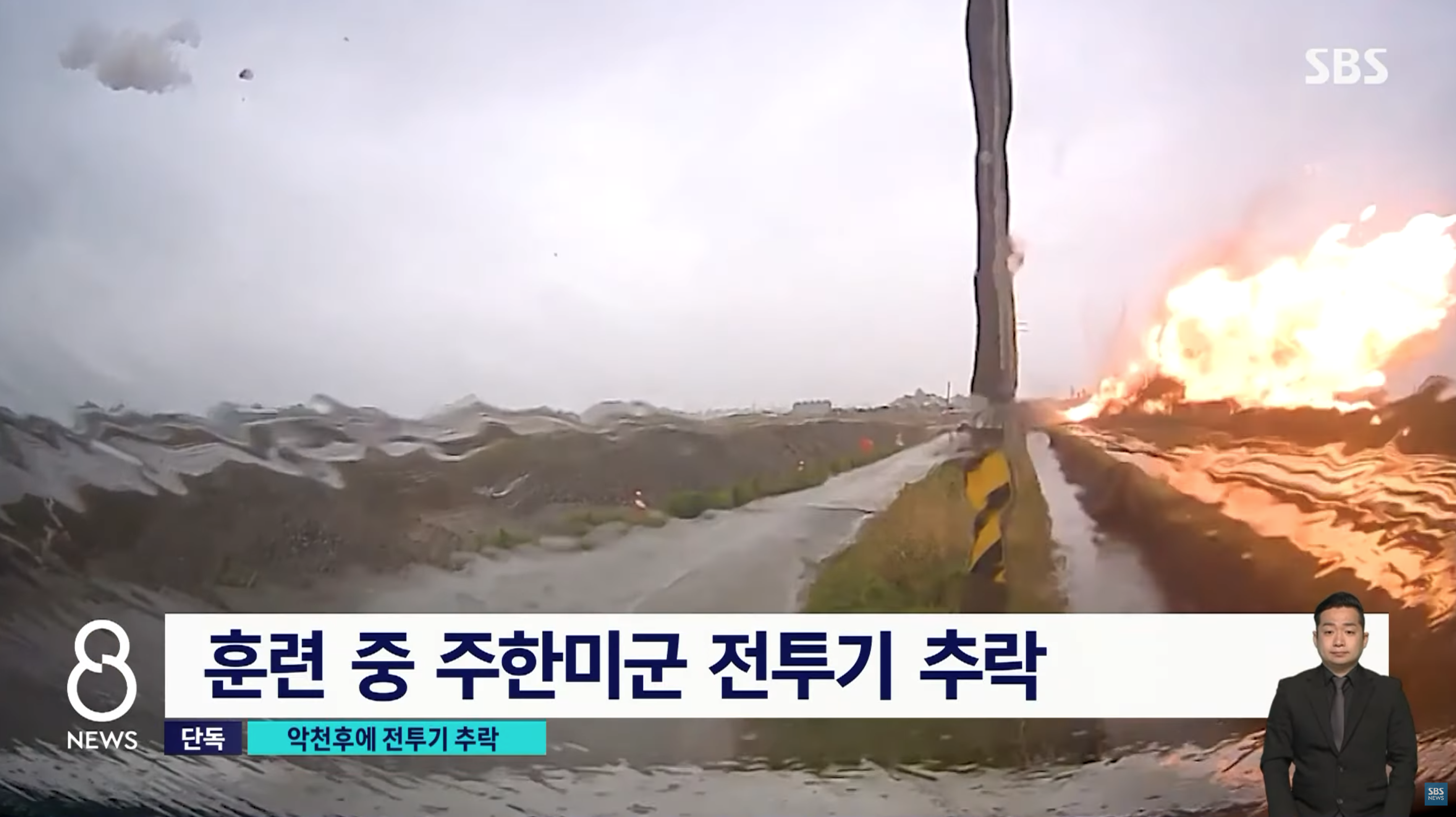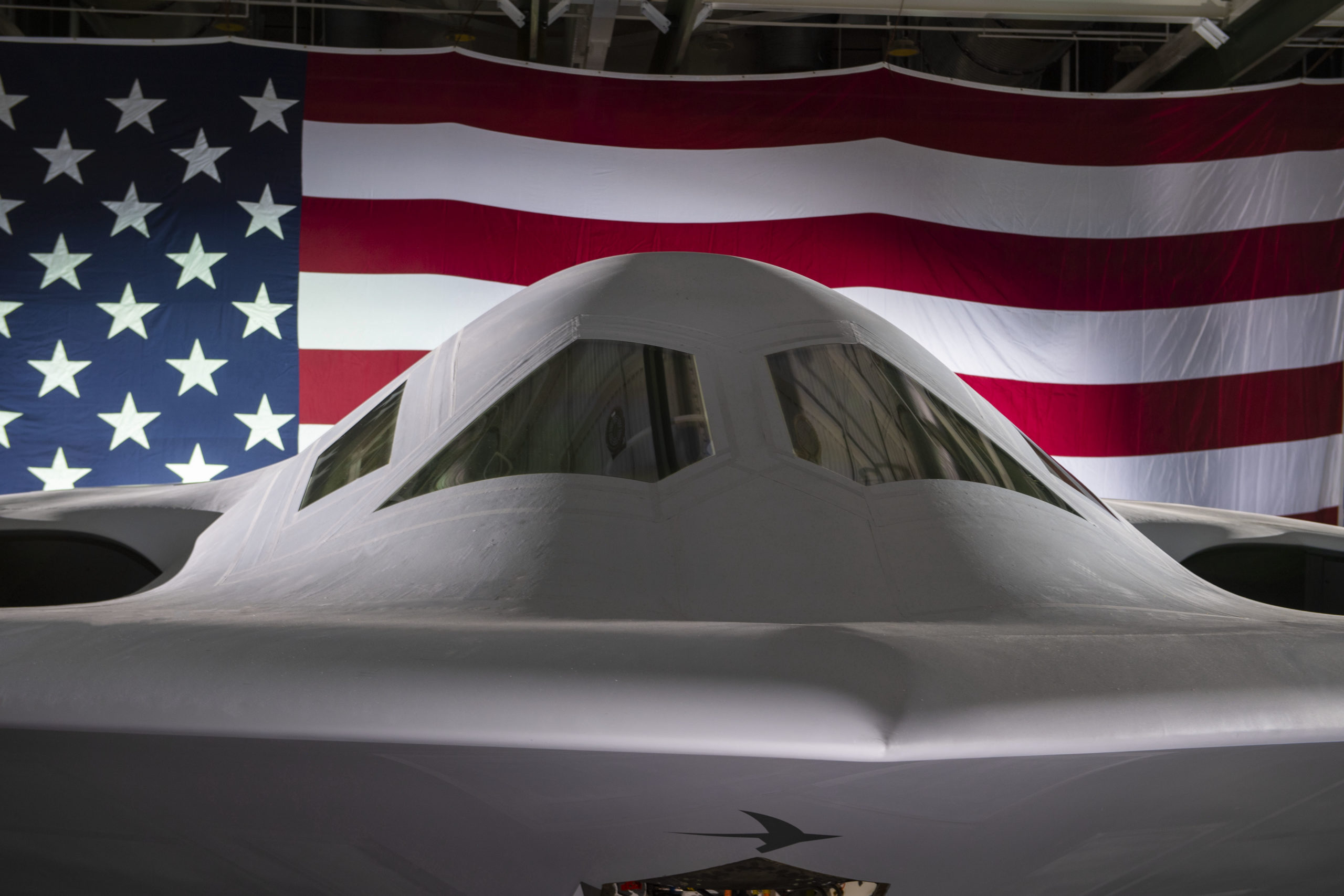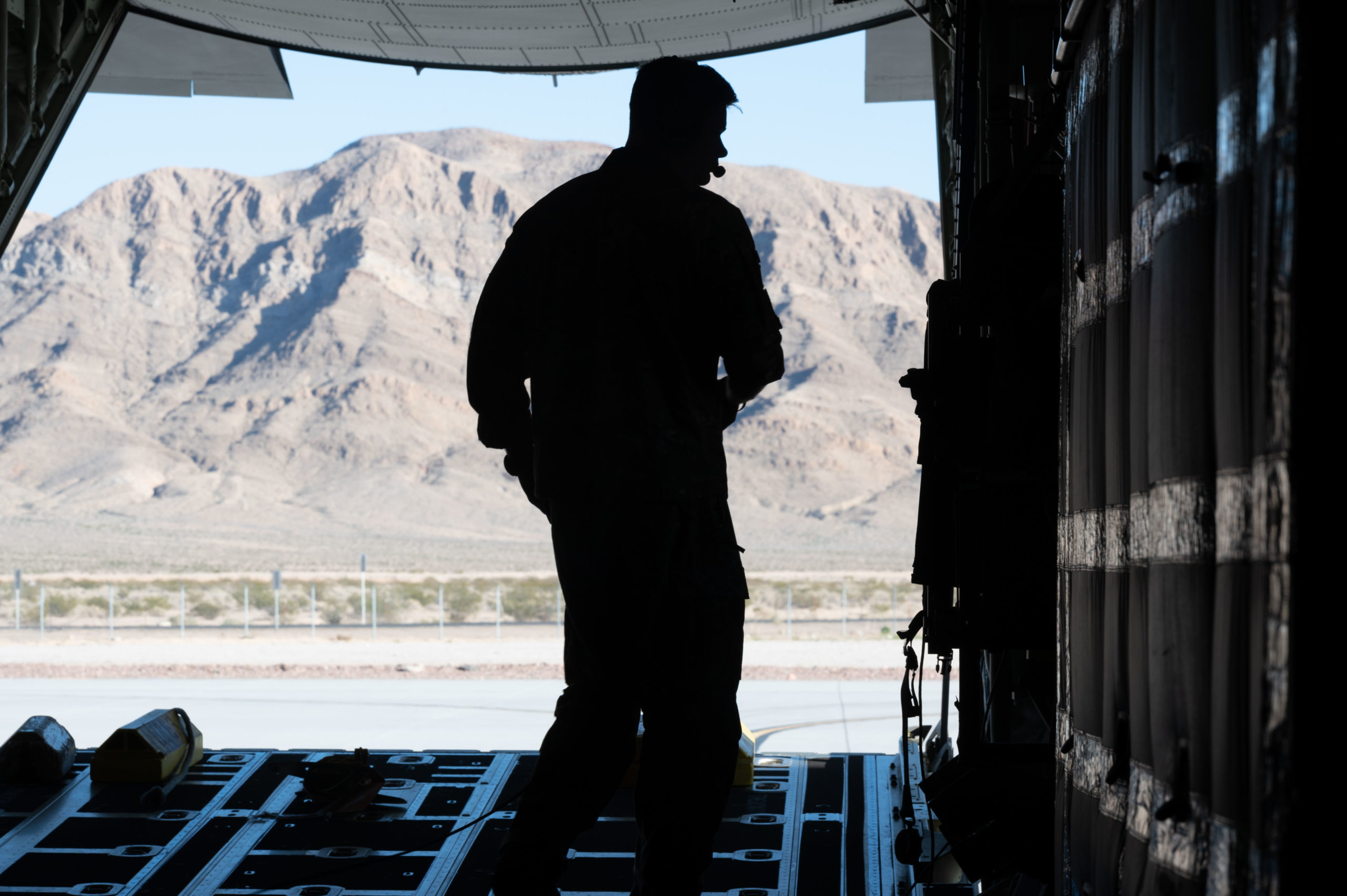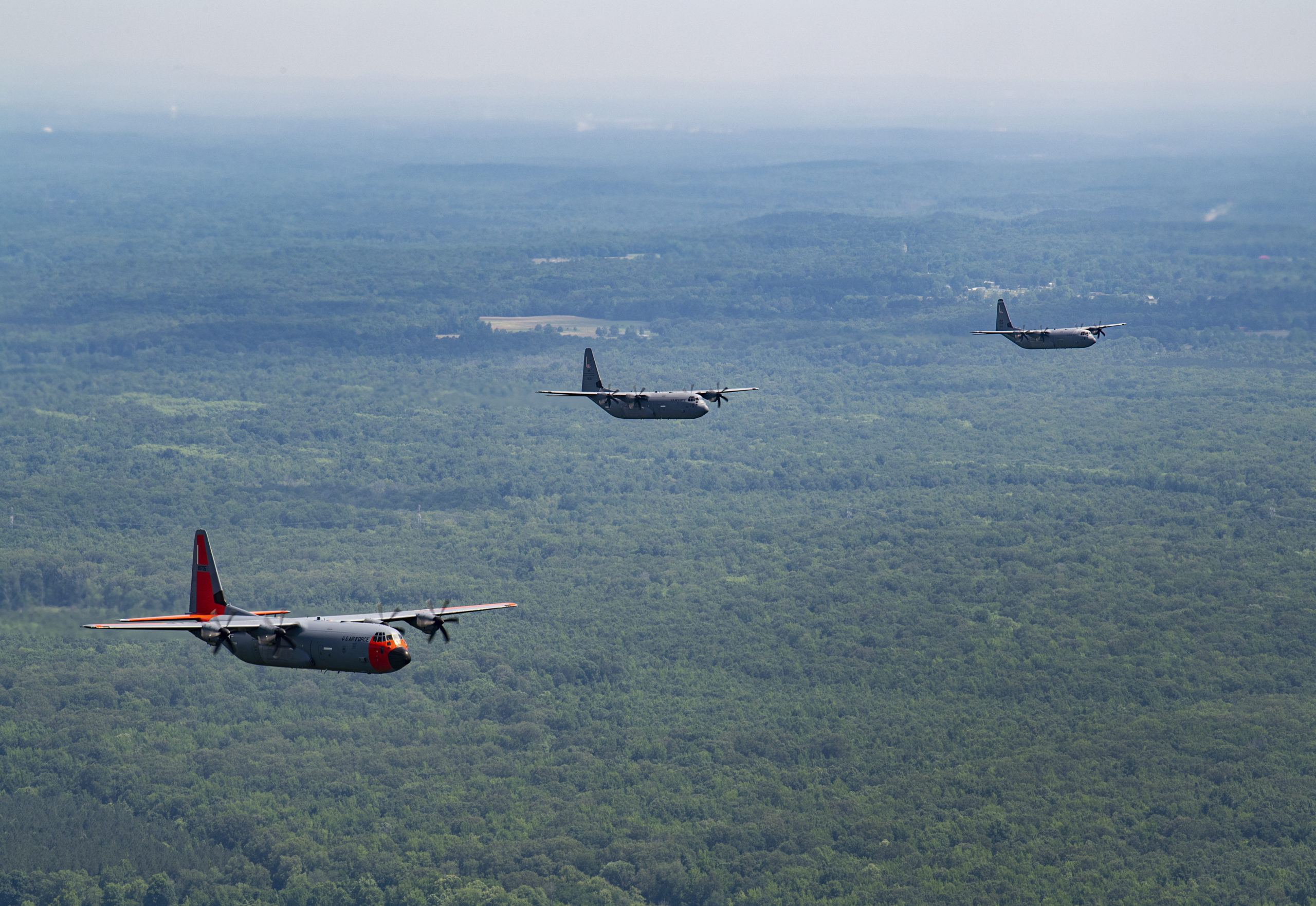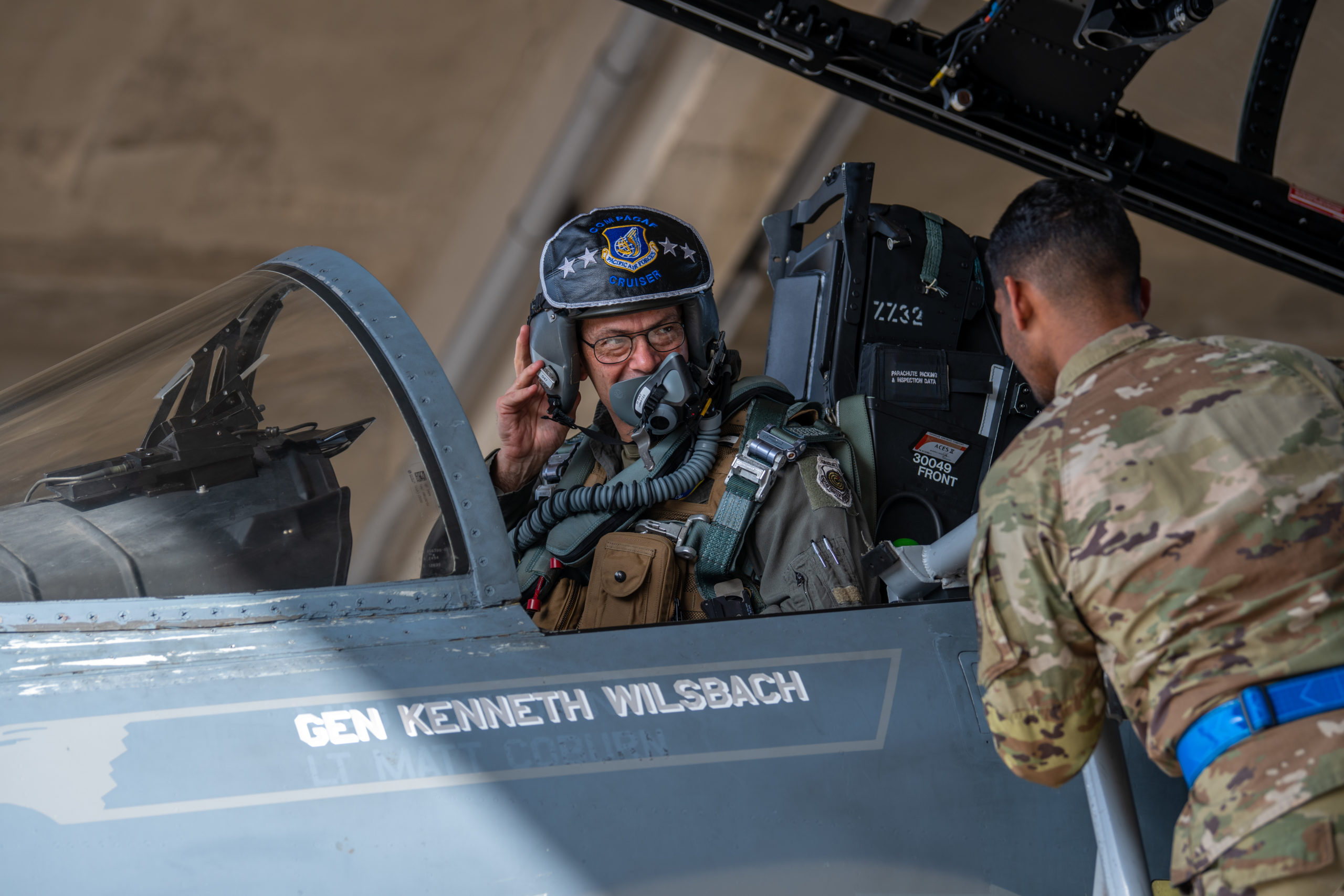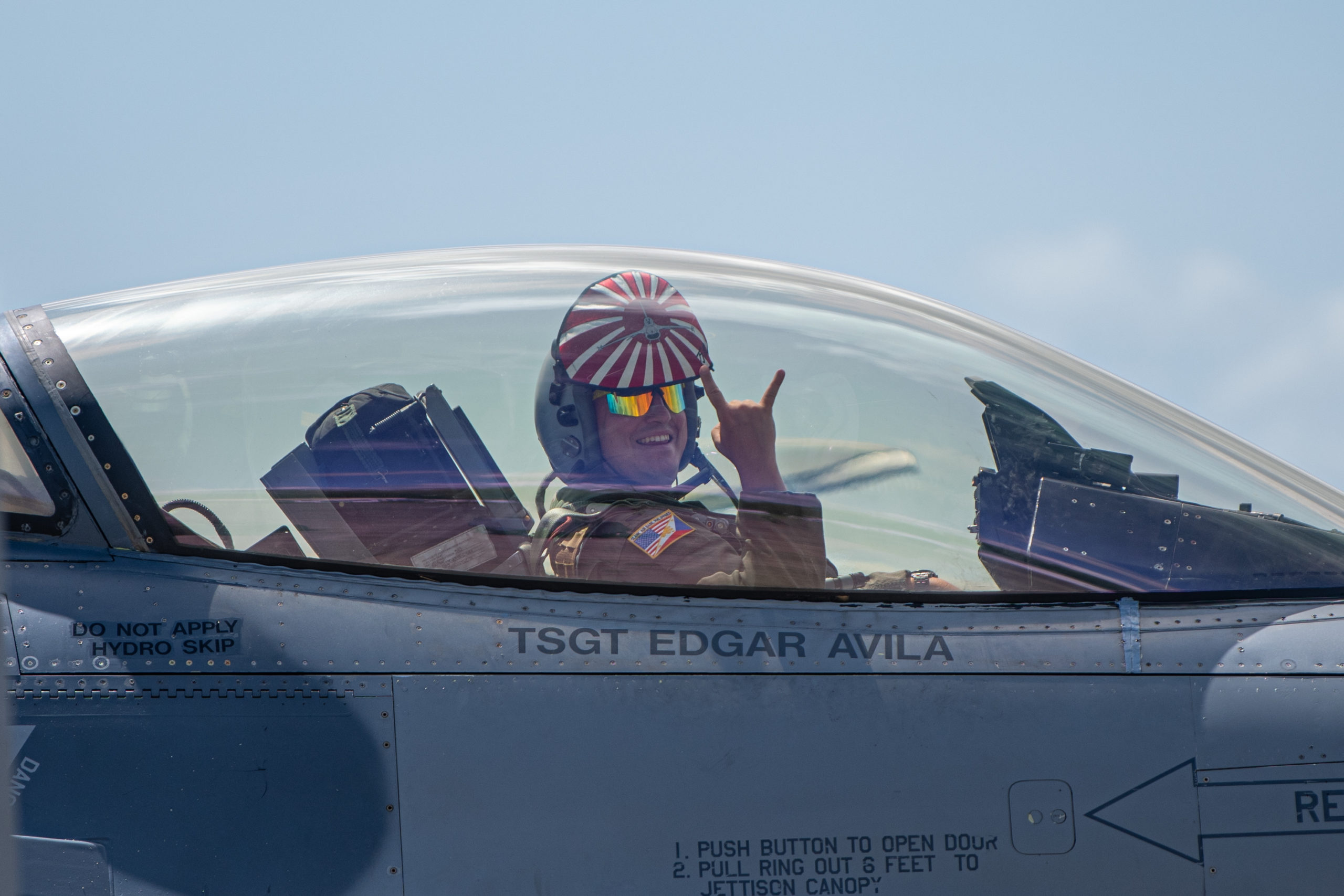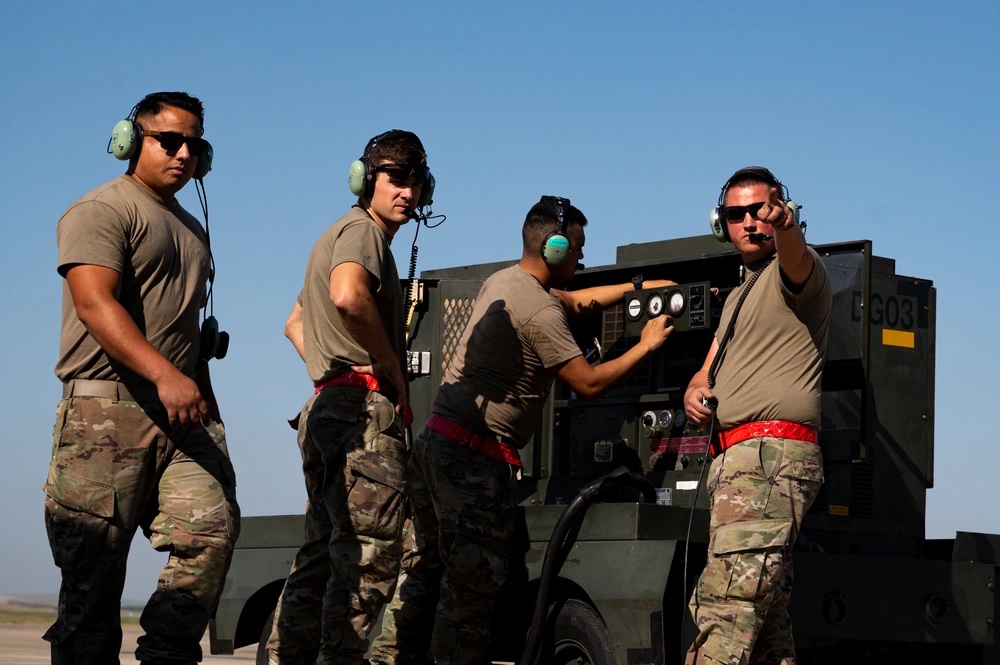In the wake of a U.S. Air Force F-16 fighter crash near Osan Air Base, South Korea, local media outlets offered dramatic videos of the fiery crash and aftermath.
The F-16, from the 8th Fighter Wing at Kunsan Air Base, was flying a routine daytime training sortie until something went wrong and the pilot successfully ejected, according to a release from the 51st Fighter Wing, the host unit at Osan. The Air Force said the pilot was taken to a local medical facility in stable condition. No injuries were reported.
“While we don’t have any additional information yet, we are relieved the pilot safely ejected and there were no other injuries,” Col. Henry R. Jeffress, III, 8th Fighter Wing commander, said in a May 6 statement. “The U.S. Air Force will stand up an independent Safety Investigation Board to review all data and evidence related to today’s incident and use that information to determine its cause and prescribe any corrective safety measures to ensure the safety of the F-16 fleet.”
Neither the 8th Fighter Wing nor the 51st Fighter Wing have released any additional information.
South Korean media outlets, however, have offered more details. Yonhap News Agency reported the fighter caught fire and was mostly destroyed, and broadcasters SBS News and YTN aired footage of the crash site.
SBS News obtained closed caption footage of what it says is the moment of the crash, showing the F-16 coming in at a sharp angle before impacting the ground at high speed and bursting into a massive fireball. The pilot’s parachute is visible in the frame following impact.
YTN showed the resulting fire, with pieces of the aircraft scattered.
A Pacific Air Forces spokesman told Air & Space Forces Magazine the command could not confirm or deny the authenticity of the video.
The crash appears to be the second loss of a U.S. F-16 in the past 14 months. An Air National Guard Fighting Falcon crashed in western Louisiana after the pilot ejected in March 22. A subsequent investigation faulted the pilot for the accident, concluding he had not lost control of the aircraft as he feared, and criticizing him for failing to follow Air Force rules and regulations as he attempted to intercept a civilian aircraft that was not participating in a training exercise. The F-16 was destroyed on impact, for a $27 million loss.
The 8th Fighter Wing, meanwhile, recently began upgrading its F-16s with a suite of 22 modifications, including a new radar and center display technology. The first modernized jet returned to the unit in April, and the rest of the wing’s F-16s are slated to follow suit. It is unclear which model was lost in the accident.
